How to Store Muffins: Say ‘No’ to Soggy Muffins!
Muffins, those delicious, single-serving quick bread, are a beloved breakfast staple and afternoon snack. The varieties are endless, from blueberry banana muffins to filled apple cider muffins! And few joys compare to biting into a freshly baked muffin. But the challenge arises when you have leftover muffins—how to store muffins so they don’t end up soggy or stale?
While we can agree that nothing is better than a still-warm-from-the-oven muffin, we can’t always finish all our baked treats when they are just baked. So, let’s look at how we can best store muffins to prevent them from getting soggy.

Table of Contents
Understanding The Soggy Muffin Syndrome
Before diving into muffin storage solutions, it’s essential to understand why muffins often become soggy. The main culprit is moisture. As baked goods, muffins naturally contain moisture. Once baked and cooled, moisture begins moving from the interior to the exterior. If trapped, this moisture leads to a soggy muffin! ☹
When you store warm muffins in a closed container, the heat causes condensation, which can make the muffins soggy. This is why it’s crucial to cool muffins completely before storing them.
Further, if you’re in a humid environment, moisture from the air can get into your muffins and make them soggy. This is why storing muffins in an airtight container can help, but it’s a delicate balance because if the container is too airtight, it can trap moisture from the muffin and cause sogginess.
Finally, if your muffins have particularly moist fillings or toppings (like fruit or cream), this can contribute to overall sogginess.
Cooling is Key
The first step in preventing soggy muffins is allowing them to cool completely after baking. Putting warm muffins in a container promotes condensation, creating a damp environment. So, always wait for your muffins to reach room temperature.
Letting your muffins cool in the tin on a wire rack for 10 minutes is recommended. Then, remove the muffins from the tin and let them cool completely before storing them.
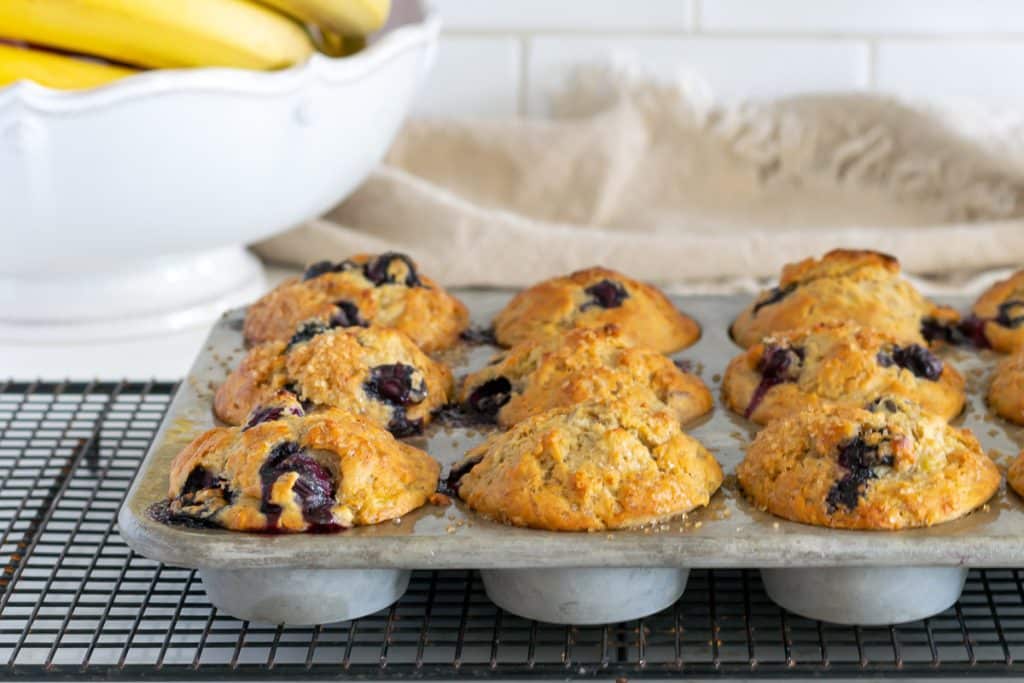
The recipe for these Blueberry Banana Muffins creates tall, bakery-style muffins with a light, airy crumb and delightful pops of blueberry goodness.
Whatever You Do, Don’t Put Your Muffins In The Fridge!!!
Unless you have baked savory muffins with meat or cheese ingredients that will spoil at room temperature, keep your muffins out of the refrigerator.
Refrigeration tends to dry out baked goods because of a process known as retrogradation. This is where the starch molecules in baked goods, such as bread and muffins, recrystallize and harden over time. The cool temperatures in a refrigerator speed up this process, causing the baked goods to go stale more quickly. This retrogradation gives the impression of dryness, even though the actual moisture content of the baked good may not have changed significantly.
Moreover, refrigerators are designed to remove moisture to prevent the growth of bacteria and molds, which thrive in moist environments. However, this has the unintended consequence of drying out baked goods stored in the fridge.
Heating your refrigerated muffins or other baked goods up will help restore some of the lost moisture and flavor.
If you need to keep your baked goods longer, freezing is a better option. The freezing process puts retrogradation on hold, preserving the texture and moisture of your baked goods until you’re ready to eat them. Just be sure to wrap them tightly to protect against freezer burn. When you’re ready to eat, thaw at room temperature or reheat directly from the freezer.

Muffin Storage Solutions: Short-term and Long-term
Room Temperature For Short-term Muffin Storage
For short-term storage (up to four days), keep your muffins out of the refrigerator and at room temperature. You have two options for what type of container to keep your muffins fresh and not soggy:
- A container or a bag that allows some airflow. A paper bag, a bread box, a container with a vent, or loosely closing a plastic bag can help maintain the balance between preventing the muffins from drying out and becoming soggy.
- Use an airtight container, but line the bottom with 2-3 layers of paper towels. Place your muffins in the container, and then place 2-3 layers of paper towels on top of the muffins. The paper towels will absorb any moisture your precious muffins release, preventing them from getting soggy. This will be your best option if you live in a humid environment.

BUT REMEMBER! Regardless of your storage method, make sure your muffins are completely cool before you store them.
The Freezer For Long-Term Muffin Storage
For long-term storage (more than a few days), freezing is the way to go. Once your muffins have completely cooled, wrap them in aluminum foil or plastic wrap to prevent freezer burn, and then put them in a freezer bag or airtight container. Muffins and other baked goods will last for up to three months in the freezer. When you’re ready to enjoy a muffin, just thaw it at room temperature or warm it up directly in a 350°F or 180°C oven. You could also use a microwave to warm up your muffins.
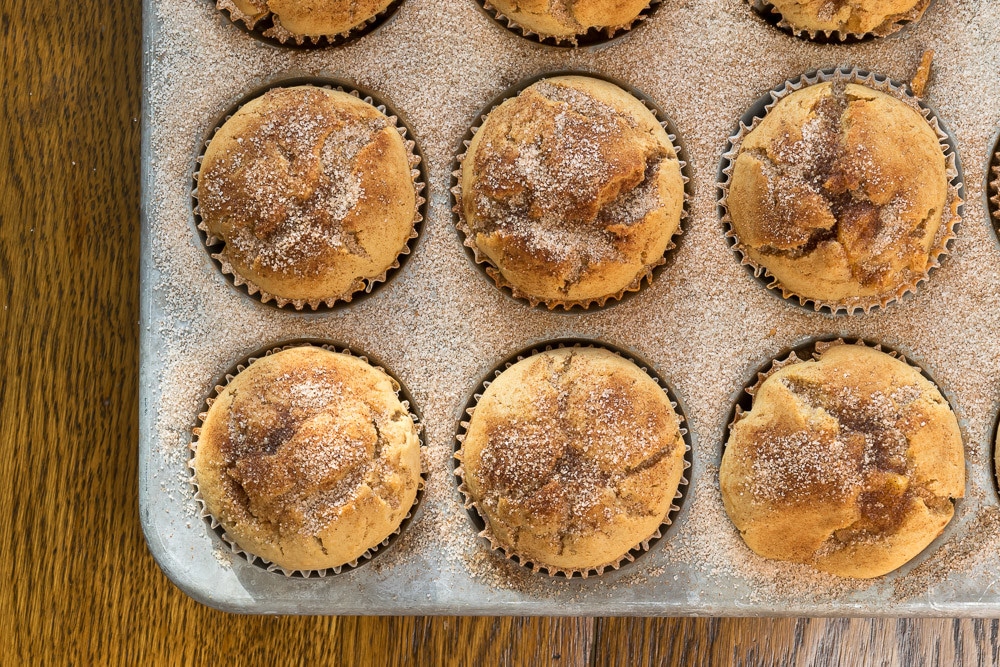
Beware of the Toppings + Fillings
Moist toppings or fillings, like fruit or cream, can add extra moisture.
Sprinkling sugar on top of muffins can create a delightful, crunchy crust. But remember that in a humid environment, sugar can absorb moisture and become wet, potentially making the muffins feel a bit soggy or sticky. Store sugar-topped muffins in a dry place.
Muffins are too tasty to let go to waste. You can keep your muffins tasting fresh for days or months with proper cooling and storage. Just remember, balance is key. You want to keep moisture at bay while preventing your muffins from drying out, and the right storage method can help you achieve this. Happy baking—and storing!
Bookmark this page or pin the following image to refer back to this post on how to store muffins to prevent them from getting soggy in the future.

Thanks so much for spending a few minutes of your busy day with me!
To ensure you don’t miss future content, pop your email in the pale green box on the right or click here. I usually send one email weekly, so I won’t inundate your inbox. I’m sensitive to an overflowing email inbox!
We will only use your email address to send you emails, no more than 1-2 weekly. In addition, you will have access to my growing library of knit & crochet patterns and other printables. Check back often as this library will continue to grow. You can unsubscribe anytime by emailing me or clicking on the “unsubscribe” link at the bottom of all emails.
And you can access many of the products I refer to on my Nourish and Nestle Amazon Page. You can access it here.
So, if you’d like to participate in the ‘subscriber benefit’ action, simply subscribe to Nourish and Nestle here or use the form on the right sidebar. It’s slightly towards the top.
I have sent all my subscribers the link to the Subscriber Benefits Library. If you missed it or misplaced it, let me know.
Until next time…







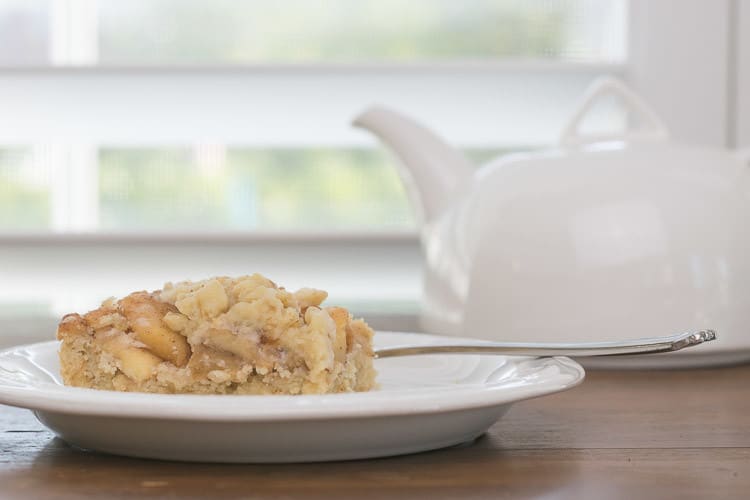

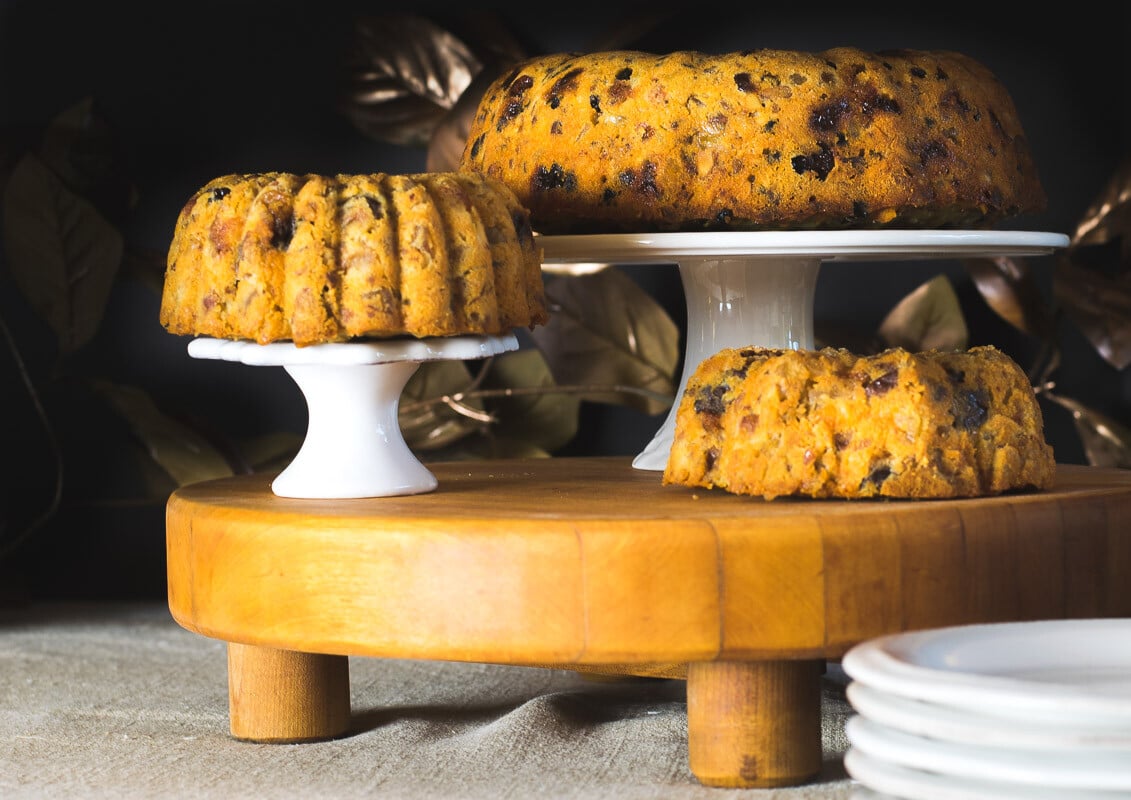
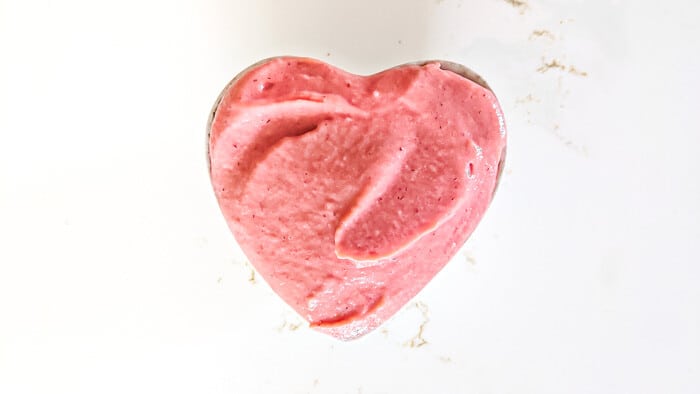

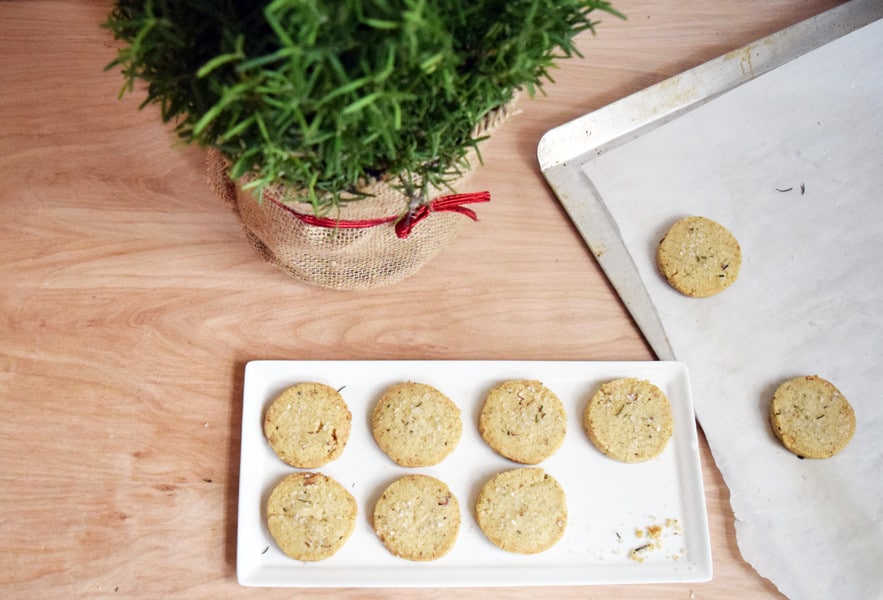
Lynn,
I have heard of people who have success with hanging some red chistmas balls on your tomato plant to trick the birds. They peck and realize it is not edible then leave everything alone. I tie a plastic grocery bag to the tomato cage and it blows in the wind, hopefully scaring the birds and rabbits…
~Lisa in Wisconsin
Hi Lisa,
That is a BRILLIANT suggestion!! Going to go through my attic now looking for red Christmas balls!
Thanks so much!
Lynn
just saw your message about tomato plants and the birds. It may be the shining of the bulb rather than the red color faking them out. We had trouble with birds dropping their business on our car a few years ago. we have a lot of trees near our parking area. I researched ways to keep them at bay and read that they don’t like shiny objects. People tried hanging old CD’s, tinsel, or shiny wind chimes and count it helped. I decided to get a shiny sun reflector for our windshield. we put it in the window at and haven’t had a problem since. It was amazing how they just stopped as long as it’s in the window. So, if red bulbs don’t help try silver shiny ones.
Hi Renate,
Thanks for the tip. I’ll try it! We finally threw in the towel last year, but are energized again this year. I’ll keep you posted.
Have a great weekend, Lynn